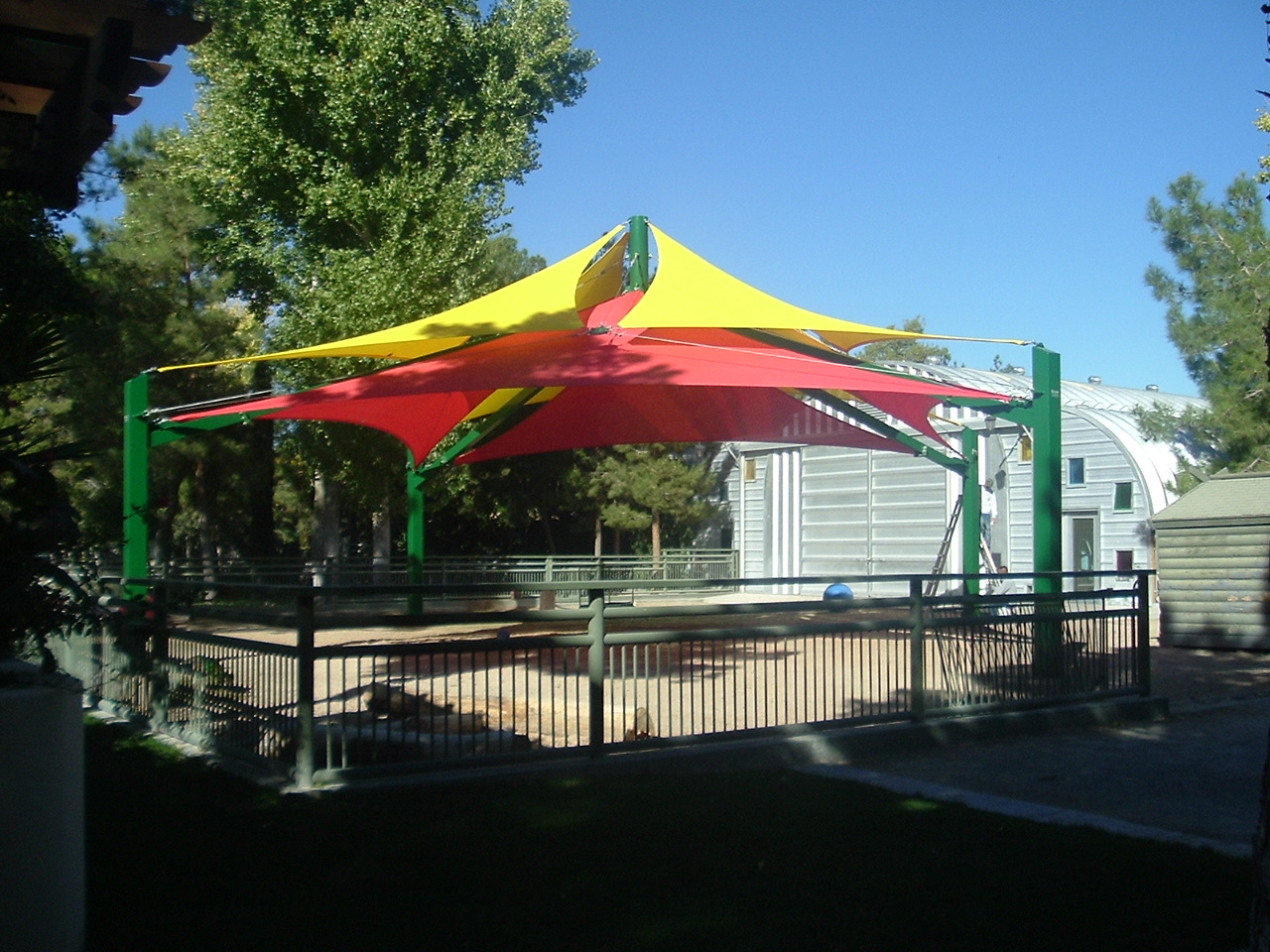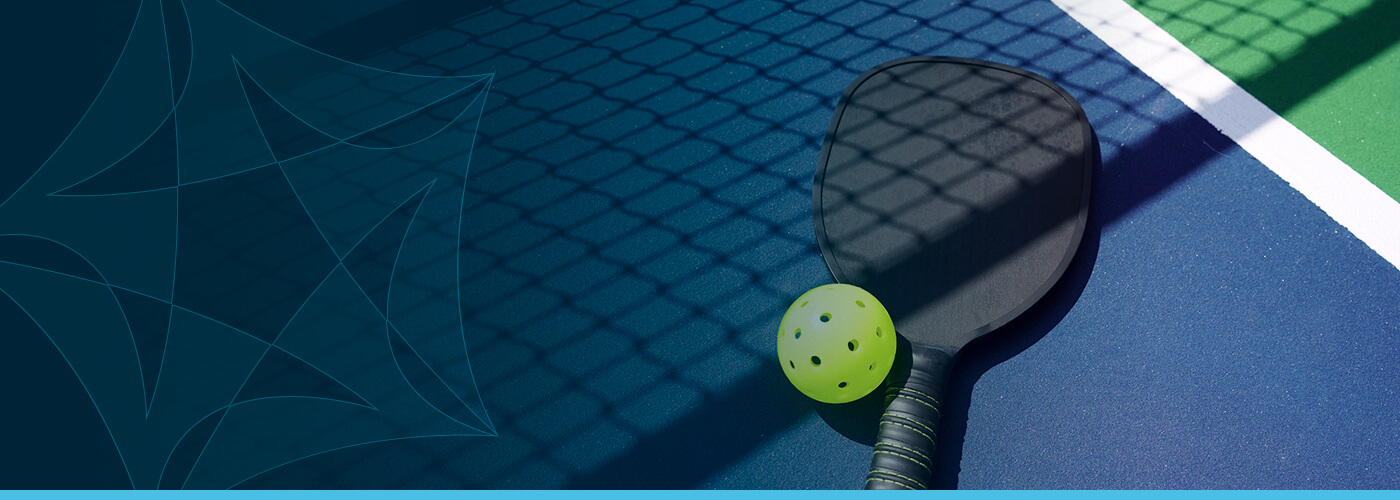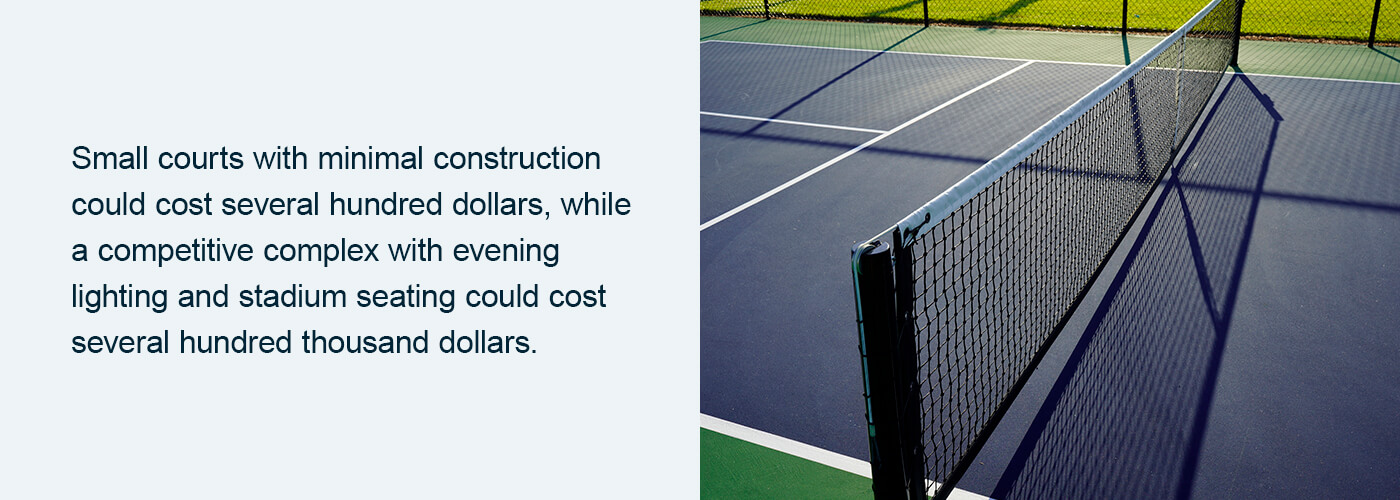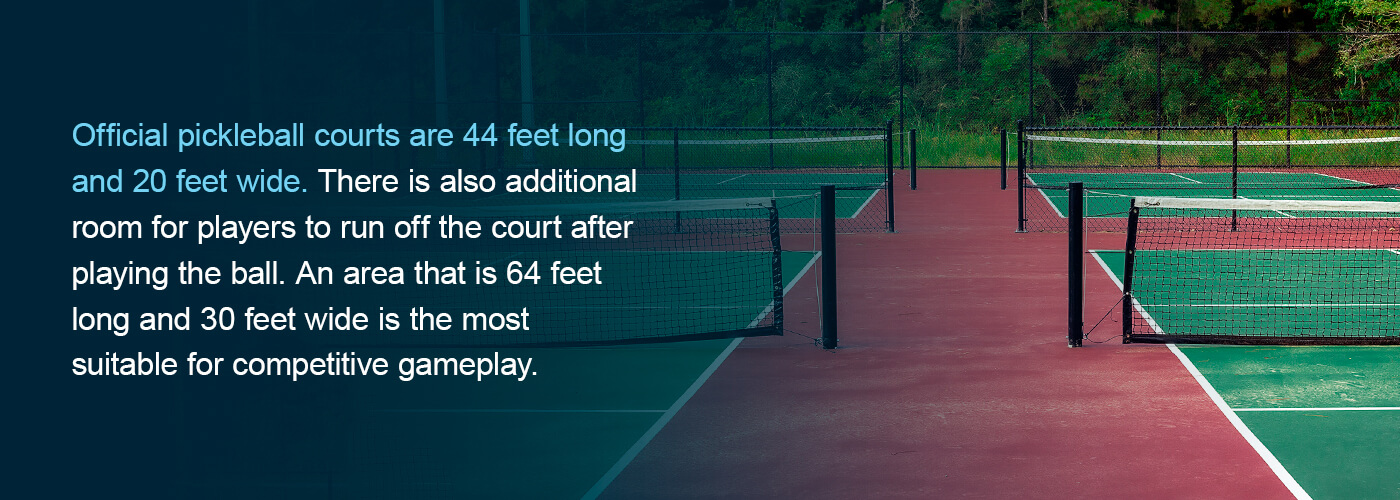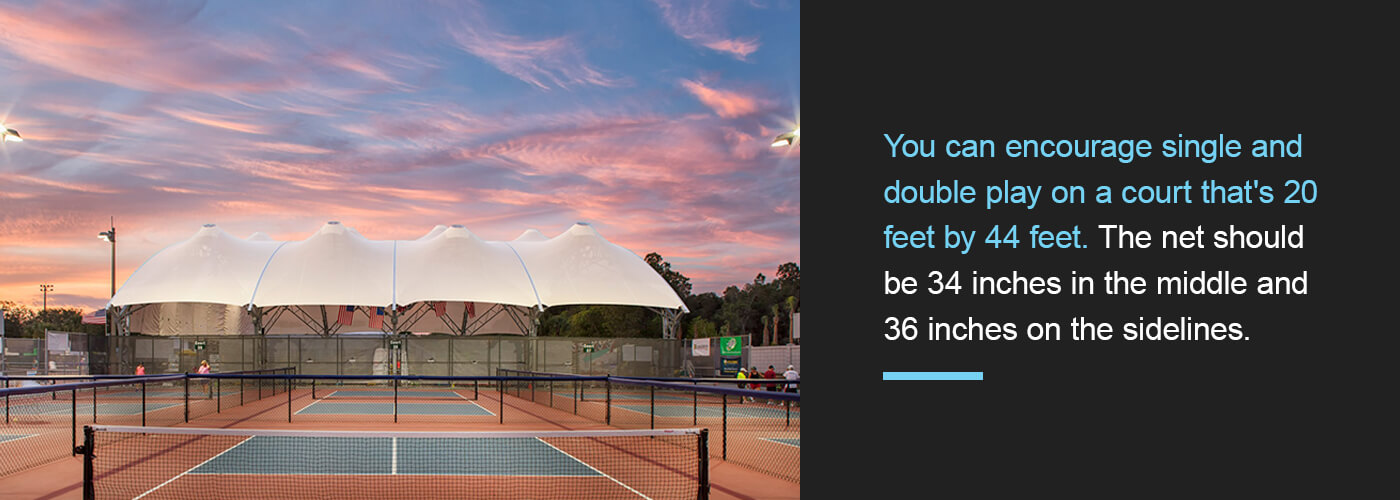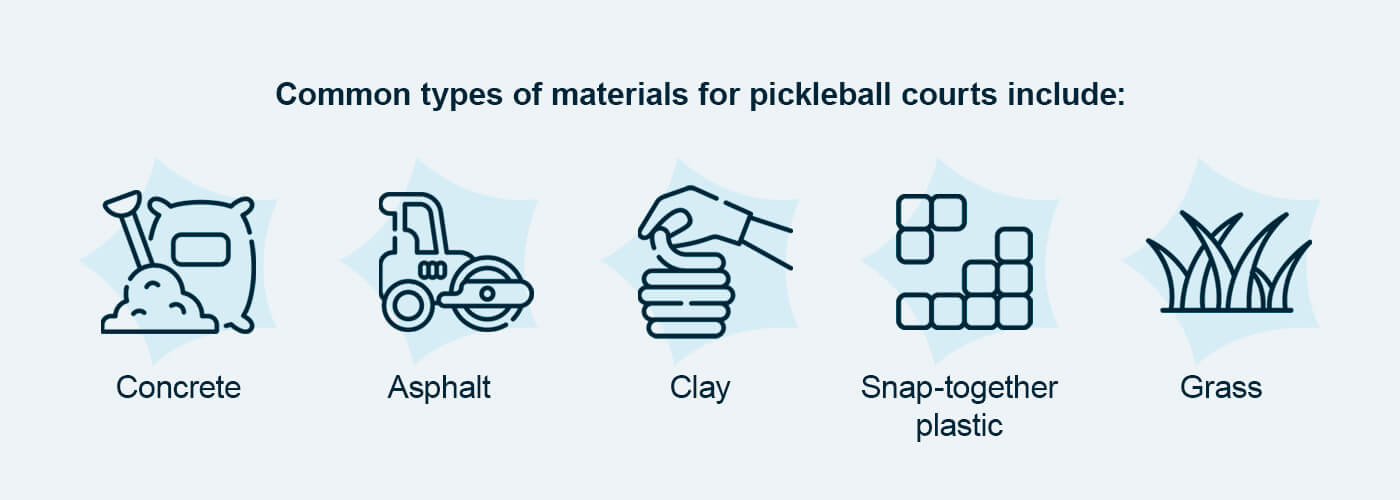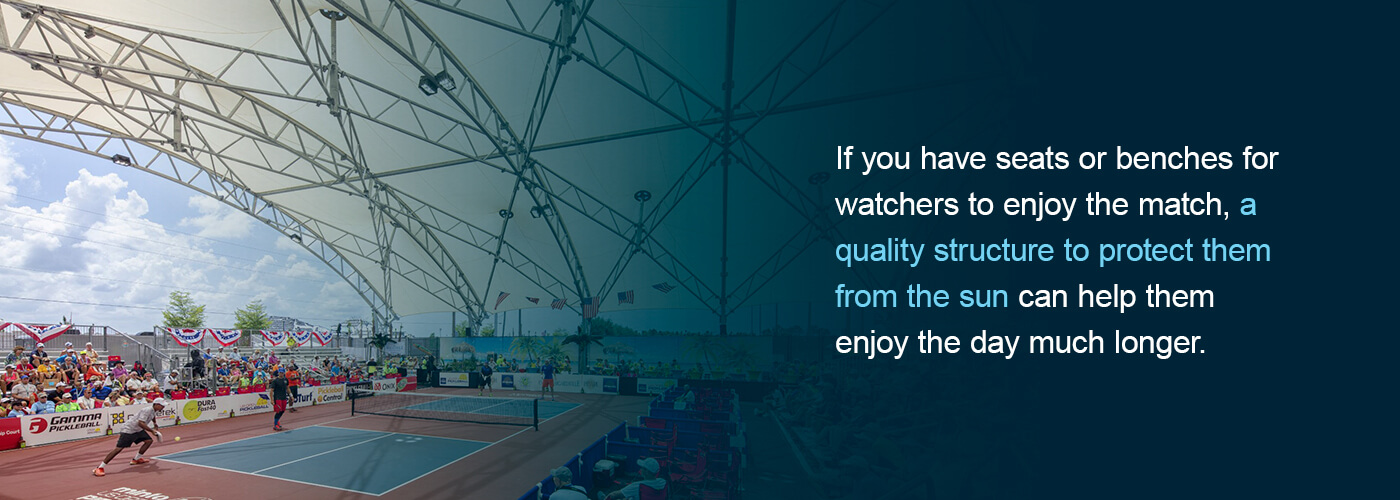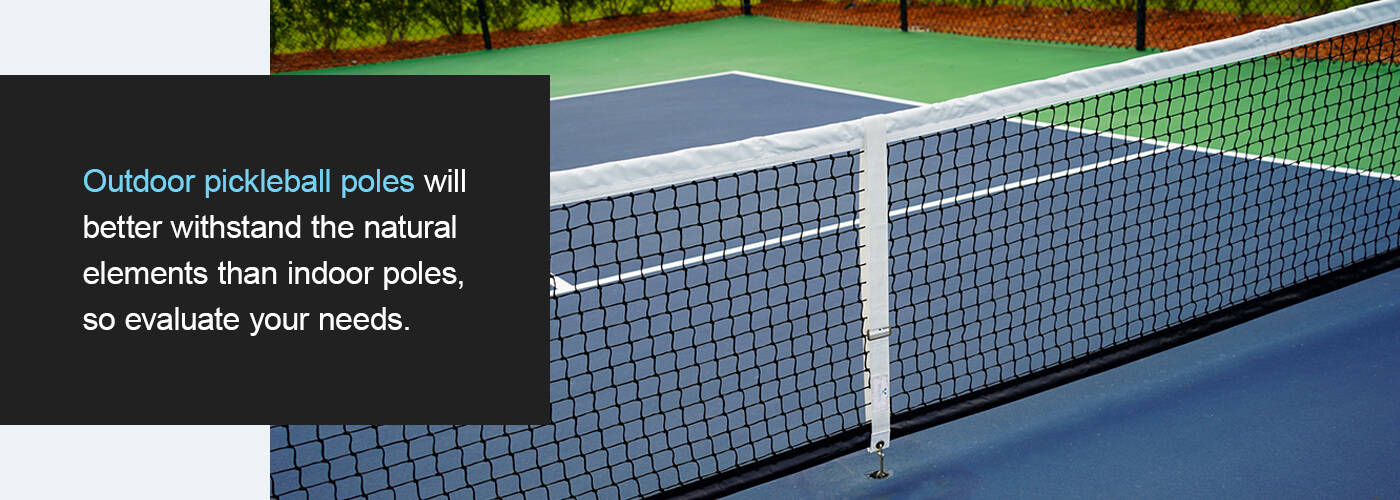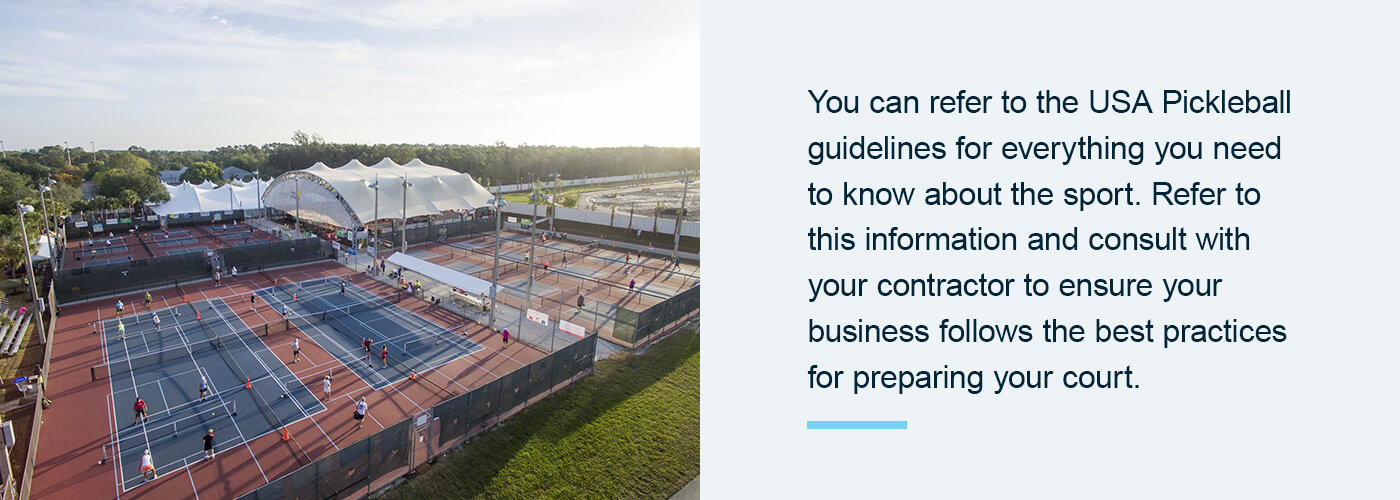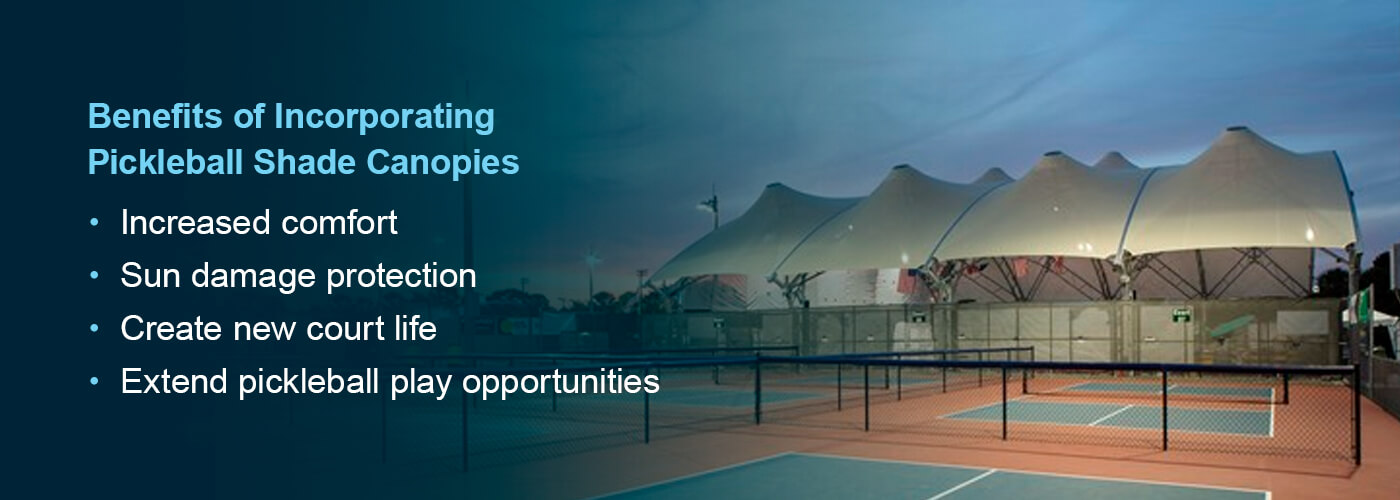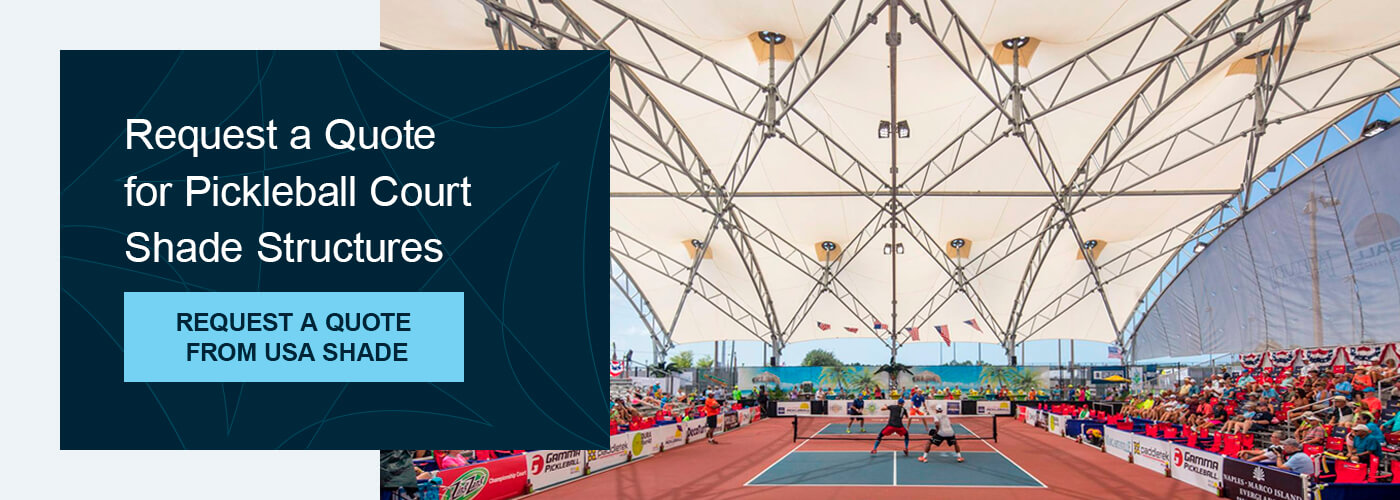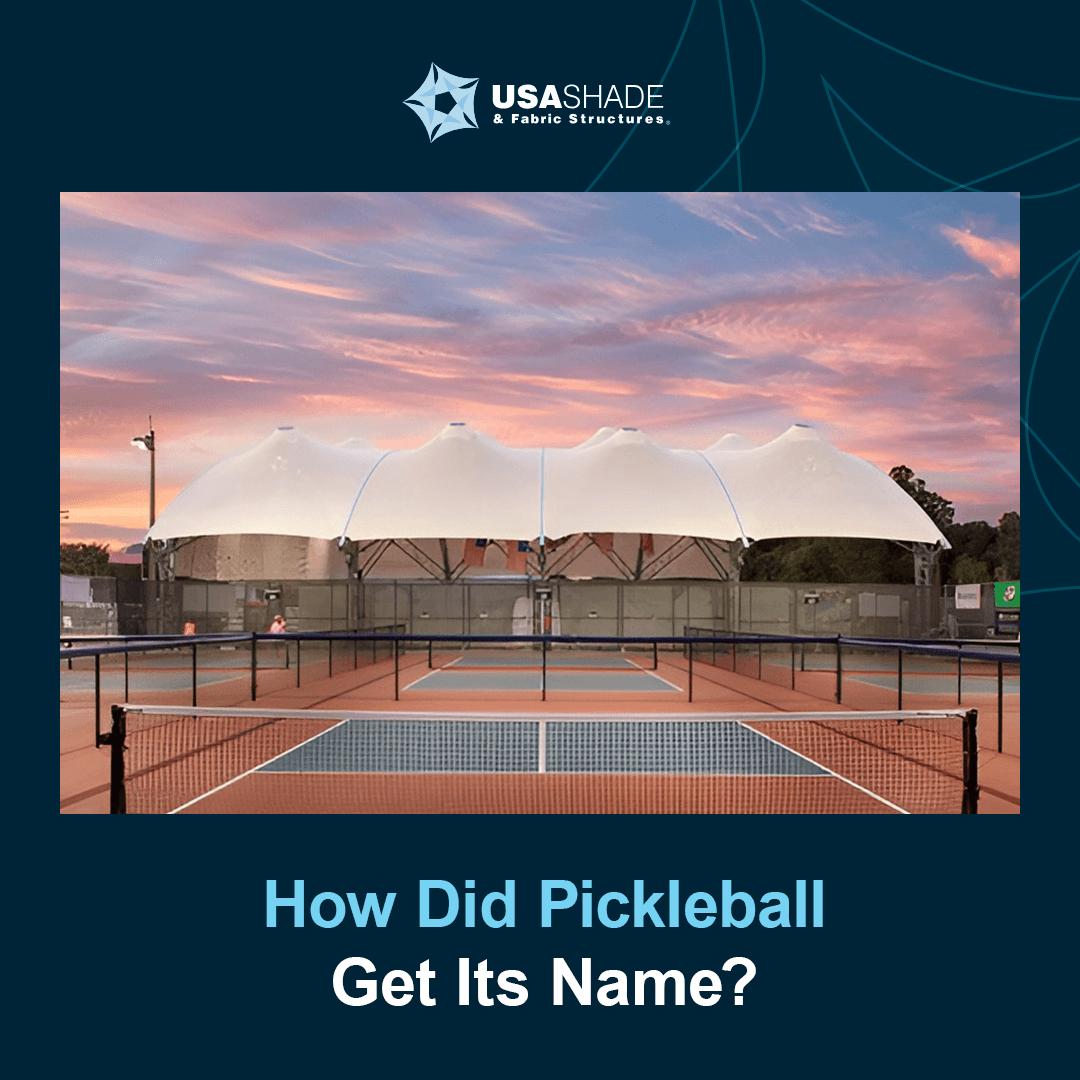After finalizing your courts, it’s time to consider additional features. Before inviting players, friends and families to your court, consider creating a comfortable space with shade structures. Your business’s pickleball court shade structure offers a variety of benefits, including:
- Increased comfort: Sitting in the stands, resting between matches and playing on the court can be more enjoyable with quality shade structures. These structures can keep everyone cool and prevent the sun from shining in people’s eyes. They also lower the likelihood of dehydration, sun damage and overheating.
- Sun damage protection: Although your guests will love the decreased sun exposure, your equipment will appreciate it more. Seating, flooring and other equipment can crack and fade after being in the sun for prolonged periods. You can extend their life span and lower maintenance costs and requirements, saving money and time for your business.
- Create new court life: Whether you’re reimagining an old tennis court or trying to revitalize your multiuse space, shade structures can add a new, exciting element to your area. Shade structures empower businesses to enhance their visual appeal and represent their brand with customized colors and unique designs.
- Extend pickleball play opportunities: Your community can enjoy friendly competitions and competitive challenges throughout the year. Friends and family can spend even the hottest summer days on your court for a full day of fun.
USA SHADE had the privilege of covering the championship court in 2016 for the U.S. Open Pickleball Championship, so we know a thing or two about creating the best space for your court. We feel confident we can create a customized solution you and your community will love.
At USA SHADE, you can access a dedicated team with over 25 years of experience. Our long-lasting solutions help businesses create customized shade structures for their space to encourage more people to interact with their company.
Commonly Asked Questions About Pickleball Courts
During the planning and construction processes, it’s natural to have some questions. When you want to craft the best pickleball court for your business and community, it can help to have somewhere to turn for helpful suggestions. Below, you’ll find some commonly asked questions about pickleball courts.
What Kind of Base Does a Pickleball Court Need?
Asphalt and concrete are common bases for pickleball courts. Your business should always evaluate the surfacing requirements for any base before installing materials for a court. There are recommendations for drainage, slope, overall construction and surface finish.
What Are the Best Pickleball Court Color Combinations?
Any color can work for a pickleball court, and you can get creative or reinforce your brand by using unique combinations. Lighter colors can create a cooler playing surface because they won’t absorb as much heat from the sun. Darker colors will create a warmer play space, which can benefit some areas that experience a lot of rainfall.
If your business will provide pickleball equipment for players, choose balls that are the opposite color of the court surface. Selecting a similar color can impact gameplay and make it challenging to see the ball.
What Coating Is Best for Painting or Surfacing the Court?
Acrylic coatings are best for athletic courts because they allow vapor transmission and offer breathability. This is very important for outdoor courts as it creates an ideal, nonslip surface that allows the ball to bounce and creates minimal abrasion.
How Do You Clean Pickleball Courts?
Acrylic courts require minimal maintenance and don’t need much cleaning. You should clean the court if you notice debris, organic growth, dirt and similar spots. Surface pressure washers can clean the court surface. Avoid stiff-bristled cleaning brushes, as these can damage the surface. Use the appropriate amount of pressure to prevent discoloration.
How Can You Fix the Cracks on the Court?
A variety of treatments can help repair cracks. Coating only will not fill the cracks on the surface. However, you can fill hairline cracks with acrylic coating and sand. Most solutions will not wholly prevent cracking but can extend the court’s lifetime. Other solutions for crack repair include:
- Multilayered fabric
- Permanent reconstruction or overlay
- Full-court overlay systems
Request a Quote for Pickleball Court Shade Structures


